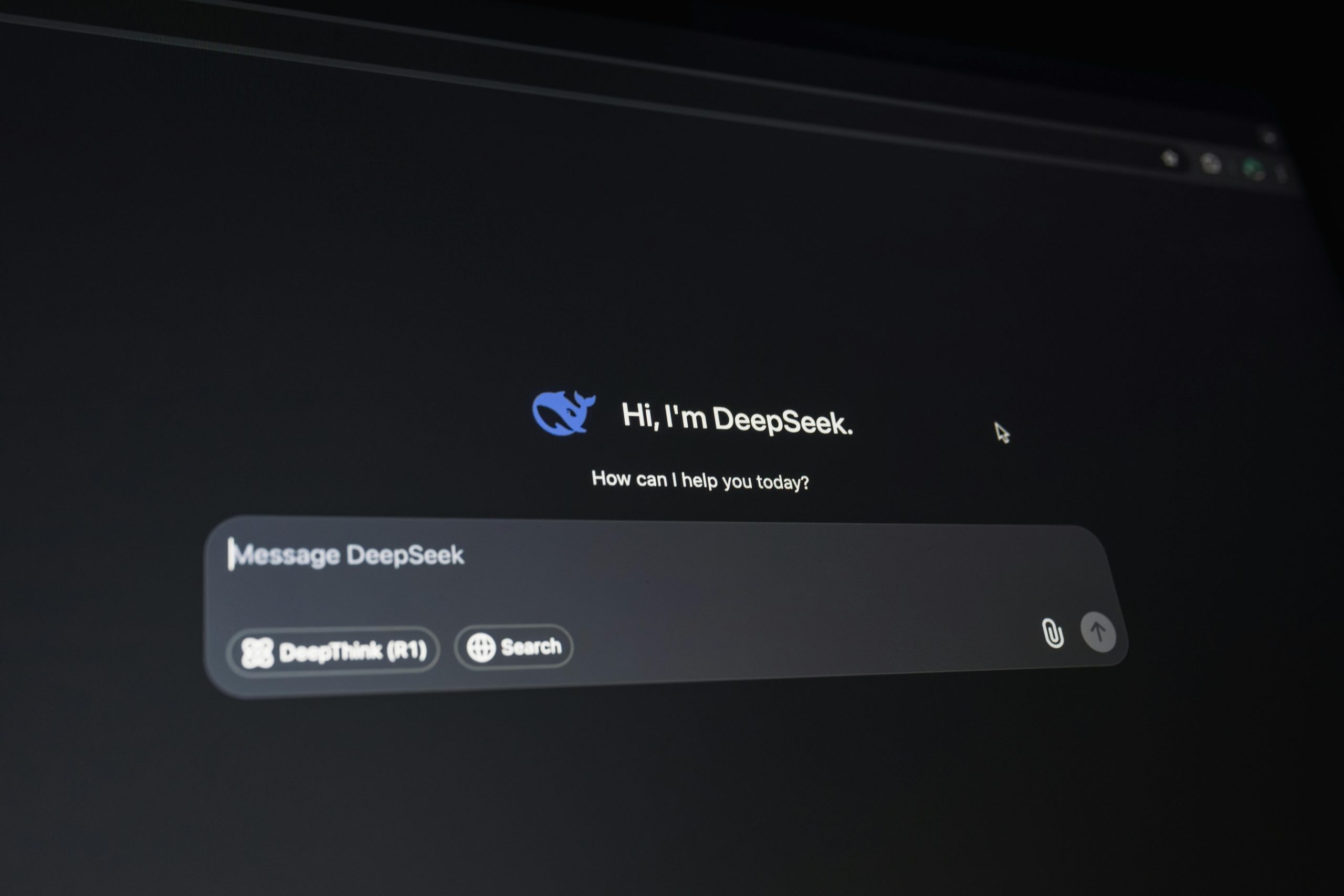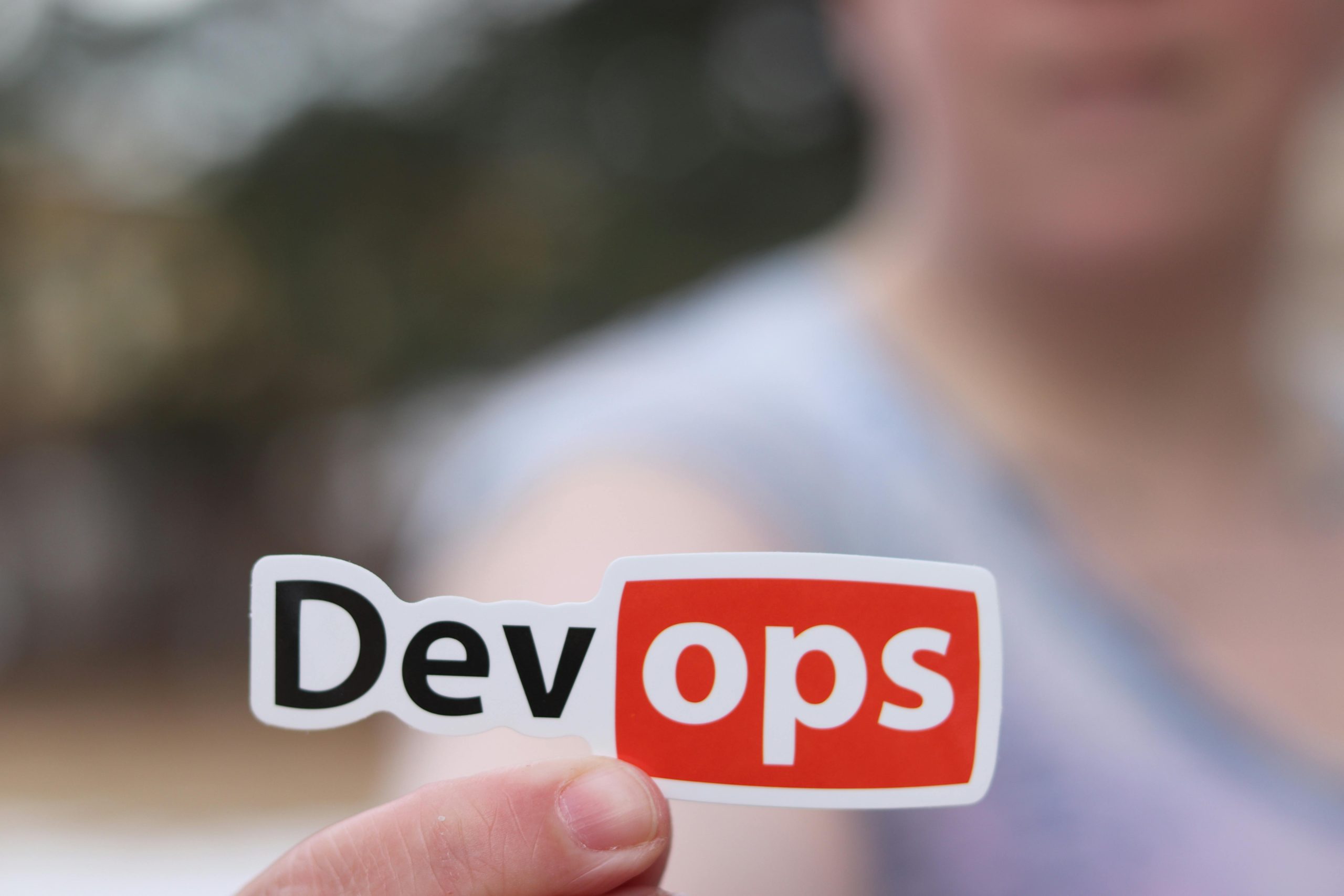This College Dropout Thinks His AI Startup Can Do What Elon Musk Couldn’t: Expose Fraud

The landscape of corporate and federal oversight is undergoing a profound, technologically driven shift. While high-profile figures like Elon Musk have commanded attention in legal and public arenas regarding corporate governance and communication, a new generation of disruptors, armed with advanced artificial intelligence, is moving the fight against systemic fraud from the courtroom to the server room. Central to this narrative is Alex Shieh, a figure whose journey from a university critique project has rapidly scaled to the co-founding of The Antifraud Company, an enterprise explicitly designed to target and publicize malfeasance in critical government programs—a domain where traditional oversight mechanisms have often proven insufficient.
The context for this venture is a market rapidly embracing AI for defense. As of early 2025, the global anti-fraud solutions market is projected to see substantial growth, underscoring the pervasive nature of modern threats. With organizations increasingly realizing the limitations of legacy systems, the use of artificial intelligence and machine learning in anti-fraud programs is expected to nearly triple by the year 2026. Shieh’s startup enters this arena with the ambitious goal of using this very technology to enforce a standard of operational honesty that, in his view, has been historically absent in large-scale federal contracting and expenditure.
The College Dropout’s Perspective on Legacy and Impact
The trajectory of Alex Shieh’s involvement in accountability initiatives offers a compelling case study in escalating commitment. Originating from a critique of administrative overhead—a concern often relegated to the periphery of campus discourse—the pivot toward challenging multi-million dollar federal program abuses signifies a dramatic escalation in intended impact. This evolution suggests that the motivation transcends typical entrepreneurial goals; it appears rooted in a desire to impose a new, uncompromising standard of operational integrity where it is perceived to be lacking.
A Personal Mission to Rectify Systemic Imbalances
For Shieh, the creation of The Antifraud Company seems less about market capture and more about engineering a necessary corrective for societal imbalances. The foundational belief appears to be that the very complexities enabled by modern technology—massive data sets, intricate contractual relationships, and layered financial structures—can be turned against the beneficiaries of that complexity. The technology, often seen as a tool for abstraction, is being repurposed here for radical transparency. The focus on “critical government programs” signals an intent to address areas where public trust is paramount, suggesting a philosophical underpinning that public funds demand a superior level of scrutiny than what is currently being applied by existing audit frameworks.
The transition from academic critique to co-founder of a firm targeting systemic fraud reflects a deep-seated belief in the power of data over inertia. Where conventional reformers might advocate for new legislation or increased budget for traditional oversight bodies, Shieh’s approach centers on technological supremacy in detection. The mission is to simplify accountability by leveraging computational power to distill mountains of unstructured data into irrefutable indicators of waste, fraud, or abuse. This pursuit positions the company not merely as a vendor of software, but as an emergent, non-governmental auditor designed to operate at a scale and speed unattainable by conventional means.
The Philosophical Stance Against “Vague Corporate Optimism”
A crucial element distinguishing The Antifraud Company’s philosophy is its direct confrontation with what is often termed “corporate puffery.” This concept, frequently cited in legal discussions, refers to the vague, subjective, and often exaggerated optimism found in corporate marketing and communication, which courts have historically shown leniency toward. The startup’s entire premise is engineered as an antithesis to this ambiguity.
By prioritizing verifiable, algorithmically derived facts, the company aims to create a definitive counterpoint to subjective claims. The core tenet is that sentiment and narrative—the tools of successful corporate messaging—are irrelevant when faced with empirical analysis. If an AI model, trained on transactional records, contract clauses, and performance metrics, indicates a systemic deviation from expected performance or legal requirements, that finding stands independent of any marketing gloss applied by the scrutinized entity. This is an attempt to force a higher standard of empirical honesty onto powerful actors.
The comparison to high-profile legal battles, such as those involving Elon Musk, often illuminates this philosophical divide. While Musk’s challenges frequently involve navigating the gray areas of free speech, market manipulation claims, or contractual obligations in the public eye, The Antifraud Company targets the less visible, yet often more costly, domain of program fraud. Its success will not be measured by public relations victories but by the tangible, documented exposure of financial impropriety, thereby proving that the next frontier in regulatory oversight is fundamentally technological detection, not simply better-written statutes.
The reliance on AI to establish this empirical baseline is a deliberate strategic choice. As of early 2025, AI systems in fraud detection are already demonstrating significant efficiency gains, with reports showing that AI improves detection accuracy by over 50% compared to older methods. The Antifraud Company seeks to weaponize this inherent advantage against entities relying on obfuscation and complexity.
Anticipated Hurdles and the Road Ahead for Algorithmic Oversight
The path to establishing algorithmic evidence as a primary tool for exposing fraud is fraught with significant, predictable obstacles. While the technology may excel in pattern recognition, the institutions designed to enforce accountability—namely, the legal and regulatory bodies—operate on established precedents that are inherently conservative when adopting novel forms of proof. The success of The Antifraud Company will depend as much on its legal strategy as its coding prowess.
Navigating Legal Challenges to AI-Generated Evidence
The primary, and perhaps most expensive, hurdle will be gaining judicial acceptance for evidence derived purely from complex, proprietary algorithms. Defense counsel representing any targeted, well-resourced entity will undoubtedly mount aggressive challenges aimed at invalidating the findings before they ever reach the merits of the case. These challenges will likely focus on three core areas:
To counter this, The Antifraud Company must invest heavily in creating a robust, auditable chain of custody for its digital evidence. Establishing a legal precedent for the admissibility and weight of AI-derived fraud evidence is a task as crucial as developing the core detection engine itself. This will require sustained, well-funded legal battles aimed at demonstrating not just that the AI found an anomaly, but that the anomaly meets the specific legal threshold for fraud or waste. This effort must occur in courtrooms still primarily accustomed to the methodologies of traditional forensic accounting and human testimony.
The growing momentum behind AI in finance suggests a favorable wind, but only with careful presentation. While the broader anti-fraud market is seeing large enterprises commanding over 72.7% of adoption in 2024, these early adopters are often within the banking and financial services sector, which is already familiar with quantitative risk modeling. Government oversight may be a more resistant field, demanding a higher burden of proof for novel technological intrusion.
The Inevitability of Counter-Measures and the AI Arms Race
The moment The Antifraud Company successfully identifies a novel vector of fraud, the entities it scrutinizes will initiate their own technological response. This sets the stage for an accelerating, high-stakes technological arms race between the auditors and the obfuscators.
The adversaries of The Antifraud Company will not rely on human review; they will employ their own AI and machine learning tools designed specifically to circumvent detection. These counter-measures are likely to involve:
The long-term viability of The Antifraud Company hinges on its capacity to maintain a decisive technological edge. This requires continuous, near-instantaneous innovation in its models—moving beyond simple anomaly detection to preemptively model the *next* generation of evasion tactics. The pursuit of absolute truth in the financial sphere, therefore, is being transformed into a continuous, escalating technological contest, one that demands constant reinvestment in research and development to stay ahead of increasingly sophisticated countermeasures engineered by those seeking to shield illicit gains.
Furthermore, the rapid evolution of generative AI in anti-fraud solutions itself highlights the competitive environment. Tools utilizing this technology, such as the AI Co-Pilot launched by DataVisor in late 2023, focus on automating detection and reducing false positives. This indicates that Shieh’s company must not only detect novel fraud but must do so with greater precision and speed than established, well-funded competitors who are also integrating the latest generative capabilities into their defense stacks.
The Market Context: Growth and Adoption of Advanced Analytics (2024-2025)
To fully appreciate the significance of The Antifraud Company’s mission, one must examine the broader market forces driving the demand for such a radical solution. The global anti-fraud solutions market is experiencing explosive growth, a clear indicator of the scale of the underlying problem. Projections indicate the market is set to soar from USD 45.8 billion in 2024 to an estimated USD 488.2 billion by 2034, reflecting a staggering compound annual growth rate (CAGR) of 26.70% from 2025 to 2034.
Key Drivers for AI Adoption
The expansion is fueled by several interconnected trends that underscore why a purely technological intervention is becoming necessary:
The Role of Generative AI and Explainability
A significant trend observed across the industry in 2024 and 2025 is the specific adoption of generative AI within anti-fraud programs. According to a major 2024 benchmarking report, 83% of organizations expect to implement generative AI as part of their anti-fraud strategy by 2026. This technology is moving beyond mere classification to assist with tasks like automatic rule tweaking, feature script production, and rule description generation, effectively augmenting the human analyst.
However, the integration of generative AI into detection systems also raises the stakes for The Antifraud Company. If its competitors and the entities it investigates are employing generative AI to create plausible deniability or even to *generate* misleadingly “clean” data, Shieh’s startup must ensure its own models move toward explainable AI (XAI) principles. The ability to not only flag a transaction but also to articulate *why* the AI reached that conclusion in a legally sound manner will be paramount for overcoming the anticipated legal hurdles discussed previously.
The market segmentation also provides insight into the scale of the challenge. While large enterprises dominate current adoption (commanding over 72.7% of the market share in 2024), their established infrastructure and legal departments present the most formidable defense against external scrutiny, making them primary targets for a service like The Antifraud Company. North America leads the market, accounting for over 37.1% of market share in 2024, highlighting the high concentration of both the target entities and the technological investment in this region.
The Musk Comparison: Setting a New Bar for Accountability
The framing of The Antifraud Company’s ambition against the backdrop of Elon Musk’s high-stakes corporate battles is a rhetorical device designed to capture the magnitude of the intended disruption. Musk’s public confrontations often center on issues that are highly visible, subjective, and often debated in the court of public opinion—such as market manipulation tweets or leadership style. The comparison highlights a divergence in methodology, not necessarily in ultimate goal.
From Public Spectacle to Algorithmic Certainty
Musk’s endeavors frequently place him in direct conflict with established norms, often resulting in drawn-out legal and regulatory fights where interpretation of language and intent is central. The Antifraud Company, conversely, aims to bypass the interpretative battleground entirely. Its target is not the ambiguous language of a press release but the cold, hard evidence of transactional data.
The startup’s success would represent a maturation of corporate oversight: the shift from relying on whistleblowers, investigative journalists, or slow-moving government watchdogs to deploying autonomous, relentless digital auditors capable of processing the entirety of a program’s records in near real-time. This systemic capability aims to eliminate the temporal window during which fraud can thrive unnoticed—the gap between a fraudulent transaction occurring and a human auditor finally reviewing it months or years later.
The implicit claim is that while Musk may fight the *narrative* of corporate malfeasance in a public forum, The Antifraud Company seeks to end the *act* of malfeasance by making it mathematically indefensible. The standard imposed is not one of rhetorical persuasion but one of irrefutable data correlation. This move to algorithmic certainty is, in many ways, a more radical challenge to the status quo than any single lawsuit, as it questions the very foundation of how large organizations manage and present their operational truths.
The Future: Scaling Truth in a Complex Digital Age
The Antifraud Company’s long-term success will depend on its ability to scale its technological superiority while simultaneously building an unimpeachable reputation for fairness and accuracy, navigating both the technological arms race and the legal minefield. The premise that a college dropout’s startup can succeed where larger, politically entrenched mechanisms have failed is audacious, yet it aligns perfectly with the disruptive trends already reshaping the anti-fraud industry.
As AI systems continue to refine their ability to detect anomalies—improving speed and reducing false positives for many organizations—the barrier to entry for fraud detection is lowering, but the bar for *proving* fraud in a court of law remains high. Shieh and his team are attempting to bridge that gap: to translate the high-fidelity signal of advanced AI into the high-impact legal evidence required to enforce accountability against entrenched interests.
Ultimately, the narrative of The Antifraud Company is a microcosm of the larger struggle between complexity and clarity in the digital economy. As transactions grow more numerous and obfuscation techniques more advanced, the demand for transparent, fact-based oversight will only intensify. The startup’s ambition—to expose fraud using technology as the ultimate, unbiased arbiter—positions it at the epicenter of this critical conflict, promising a future where operational honesty is not merely aspired to, but computationally enforced.










